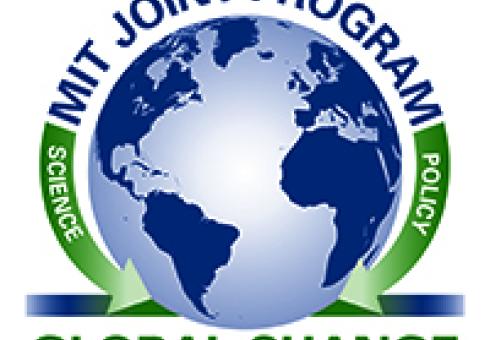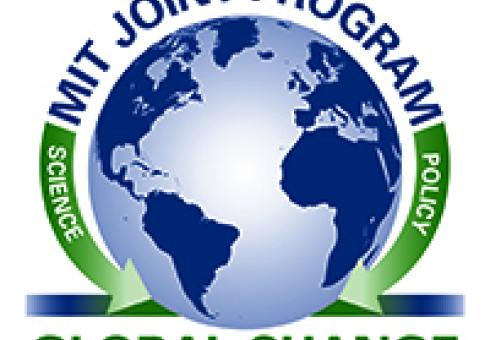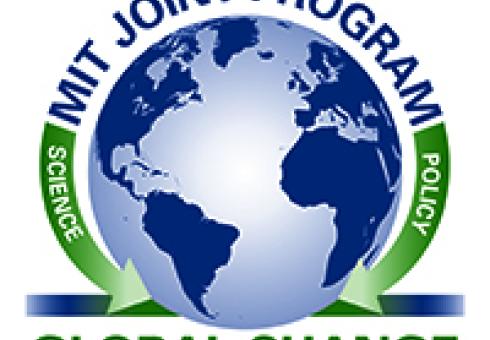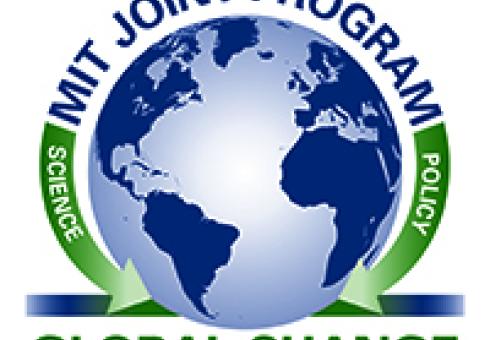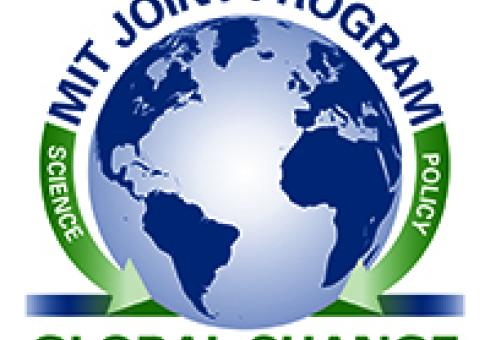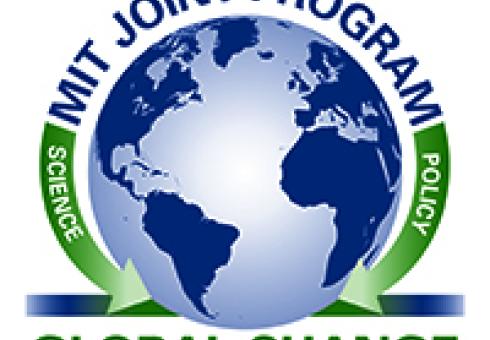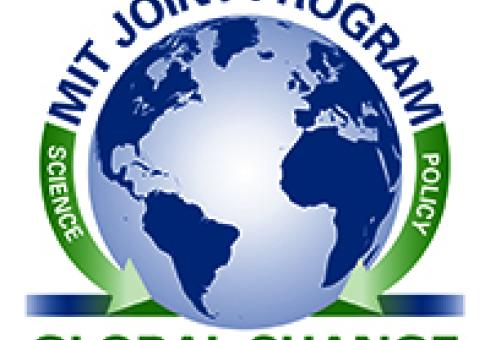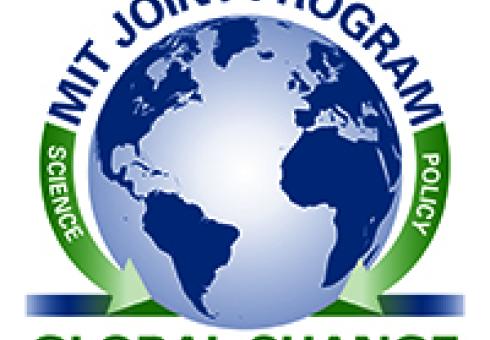News + Media
Lessons to be learned for U.S., globe.
In a bid to control greenhouse gas emissions linked to climate change, the European Union has been operating the world's first system to limit and to trade carbon dioxide. Despite its hasty adoption and somewhat rocky beginning three years ago, the EU "cap-and-trade" system has operated well and has had little or no negative impact on the overall EU economy, according to an MIT analysis.
Veerabhadran Ramanathan recaps 35 years of key findings, and brings his audience up to date on the latest climate data, models, and observations which together demonstrate how CO2 is but one piece of a complex puzzle.
Entekhabi to lead science team for NASA satellite mission
Professor Dara Entekhabi will lead the science team designing a NASA satellite mission to collect global soil moisture measurements and other data seen as key to improving weather, flood and drought forecasts and predictions of agricultural productivity and climate change.
Provides confirmation that climate change intensifies storms
Hurricanes in some areas, including the North Atlantic, are likely to become more intense as a result of global warming even though the number of such storms worldwide may decline, according to a new study by MIT researchers.
Rajendra K. Pachauri leads fellow members of the Nobel Prize-winning IPCC in a remarkable public session of soul-searching. Now that the IPCC has helped make climate change a signal issue of our times, what next?
A leader in documenting man-made climate change, MIT's Ronald Prinn has also made it his business to inform world leaders--and the public--about the risks of ignoring it.
U.S. greenhouse gas emissions could grow more quickly in the next 50 years than in the previous half-century, even with technological advances and current energy-saving efforts, according to a new study on The Implications of the Historical Decline in U.S. Energy Intensity for Long-Run CO2 Emission Projections, by MIT Global Change Joint Program authors Professors Richard Eckaus and Ian Sue Wing.
What's more, technology itself may be more the stuff that dreams are made on than the most available tool for reducing CO2 emissions or solving the global energy crisis, cautions Eckaus.
"There is no a priori reason to think technology has the potential for reducing energy use while meeting the tests of economics. It's politically unappetizing in the U.S., but in Europe, gas costs six dollars a gallon. Make energy more expensive: People will use less of it," Eckaus says.
And in a new paper on a related topic, Unemployment Effects of Climate Policy, Eckaus and Joint Program co-author Mustafa H. Babiker model the negative effects on labor employment of policies to limit greenhouse gas emissions. They then propose economic policies to counteract these effects.
"Climate change is a social and economic problem. If society wants to do something about it, it will have to bear the cost. It won't be free. It's an unprecedented social problem that requires a social response," Eckaus says.
More...
A novel study by the MIT Global Change Joint Program concludes that increasing levels of ozone due to the growing use of fossil fuels will damage global vegetation, resulting in serious costs to the world's economy. The analysis, reported in the November issue of Energy Policy, focused on how three environmental changes (increases in temperature, carbon dioxide and ozone) associated with human activity will affect crops, pastures and forests.
More: Reprint 2007-11
Boosting ethanol production by growing more corn in the United States without considering the quality and availability of water by region could put a significant strain on water resources in some parts of the country, a committee of the National Research Council said in a report released this week.
Paul Falkowski, Dianne Newman, Daniel Pauly, Ronald Prinn, Daniel Nocera, Roger Angel, Margaret Leinen, Brad Allenby
Coordinated by the U.S. Department of Energy, this Synthesis and Assessment 2.1 report is titled Scenarios of Greenhouse Gas Emissions and Atmospheric Concentrations, and Review of Integrated Scenario Development and Application, and provides a new long-term, global reference for greenhouse gas stabilization scenarios and an evaluation of the process by which scenarios are developed and used.
DOE Press Release

